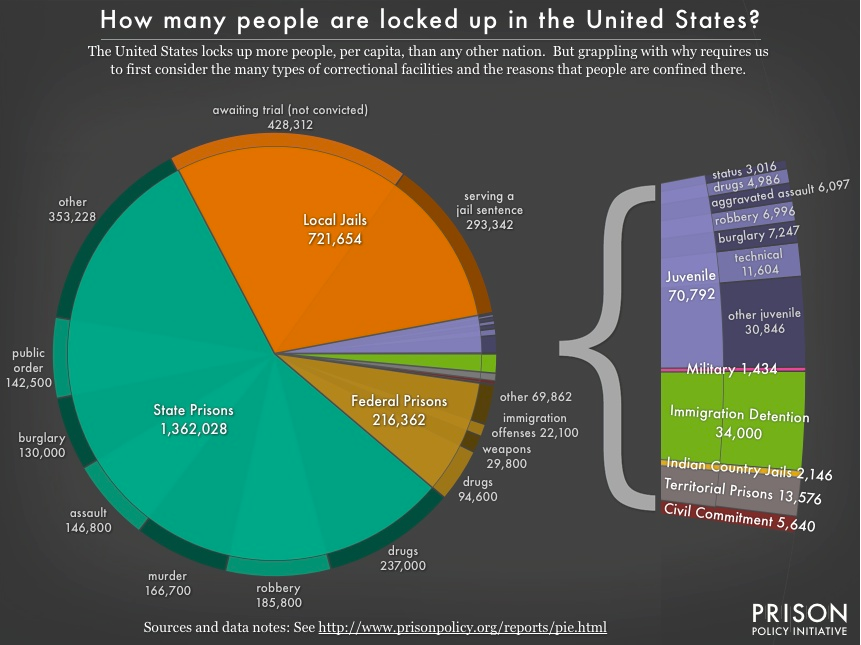More importantly, the origins of law-enforcement electronic monitoring technology have been influenced by changes in the criminal justice system.
In the 1980s, the re-emergence of intermediary sanctions or community sentences in the criminal justice system quickly became the mainstream of the penalty enforcement systems in major Western countries.
The rise of intermediate sanctions, or community sentences, is actually a direct result of the correctional model that controls offenders. It mainly solves two problems: the first is the problem of insufficient dormitory and excessive financial burden caused by the overcrowding of prisons.

This problem has been prevalent in countries such as the United States, the United Kingdom and Canada since the 1980s. Take the United States as an example. From 1990 to 2005, more than 500 new prisons were built, which means that in just 15 years, the number of prisons increased by 42%. However, the problem of overcrowding has been difficult to solve. Often a prison is full as soon as it is put into use. The overcrowding of prisons in some states is so bad that federal courts often demand rectification on the grounds that it is unconstitutional.
Since the late 1970s, solving the problem of prison overcrowding has also been a key consideration in the formulation of criminal justice policies by governments such as the United Kingdom and Canada. The Canadian prison population grew rapidly in the 1980s, peaking in 1991. The British Prison Advisory Council warned in May 1977 that if no measures were taken, the prison population would reach 50,000 in 1990. The actual situation is: In 1992, the prison population in the United Kingdom was more than 40,000, but in 1999, it soared to nearly 60,000. To address the problem of overcrowding, various alternatives to incarceration began to develop rapidly. This is the most direct reason for the emergence of a large number of community sentences or intermediate sanctions in Britain, the United States and other countries after the 1980s.
Second, people began to question the traditional probation system, arguing that it did not achieve the purpose of effectively supervising criminals. Probation is a penal system that has been fully developed in Western countries. By the 1950s, in the United Kingdom and the United States, probation has actually become a major penalty method. The implementation of probation requires the object of probation to report to the probation officer on a regular basis. In addition to accepting the supervision of the probation officer, the changes in their own life, work and residence are mainly based on the actual situation of the probation target, and they use social service agencies to carry out some service activities, including psychological counseling, employment and education assistance. However, after the late 1970s, this kind of probation execution based on the concept of reform was quickly replaced by surveillance (surveillance) and risk control (Risk Management), and the main purpose of probation changed to crime prevention and community security.
People’s doubts about traditional probation methods are mainly based on two points: first, there are too many objects (the so-called caseload) to be supervised by each probation officer, and actual effective supervision is unlikely; The effect of the service project is not obvious.
In addition to the above reasons, the pursuit of stricter criminal justice system is also an important reason for the rise of community sentences or intermediate sanctions. That is to say, intermediate sanctions provide judges with more choices between traditional probation and imprisonment sentences, which are more in line with the viciousness of the defendant’s crime and its actual situation. This is also an important reason why the intermediate sanction measures are widely supported by public opinion and are quickly promoted.
Against this background, the community corrections that emerged in the 1960s in the West were based on the theory of reformation, with education and assistance as the keynote, and with the main purpose of replacing prison sentences. After the 1980s, they rapidly evolved into fair punishment The criminal justice system is based on the theoretical basis, with supervision and control of recidivism as the keynote, with the main purpose of enriching the means of punishment execution and ensuring the safety of the community.















